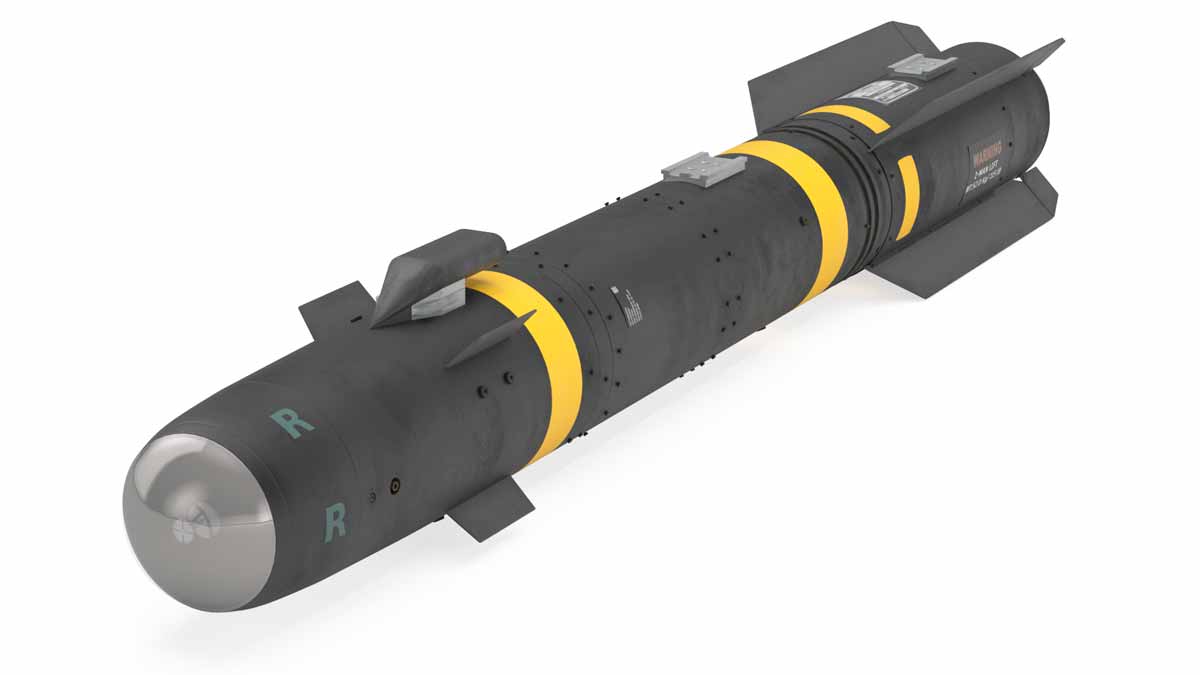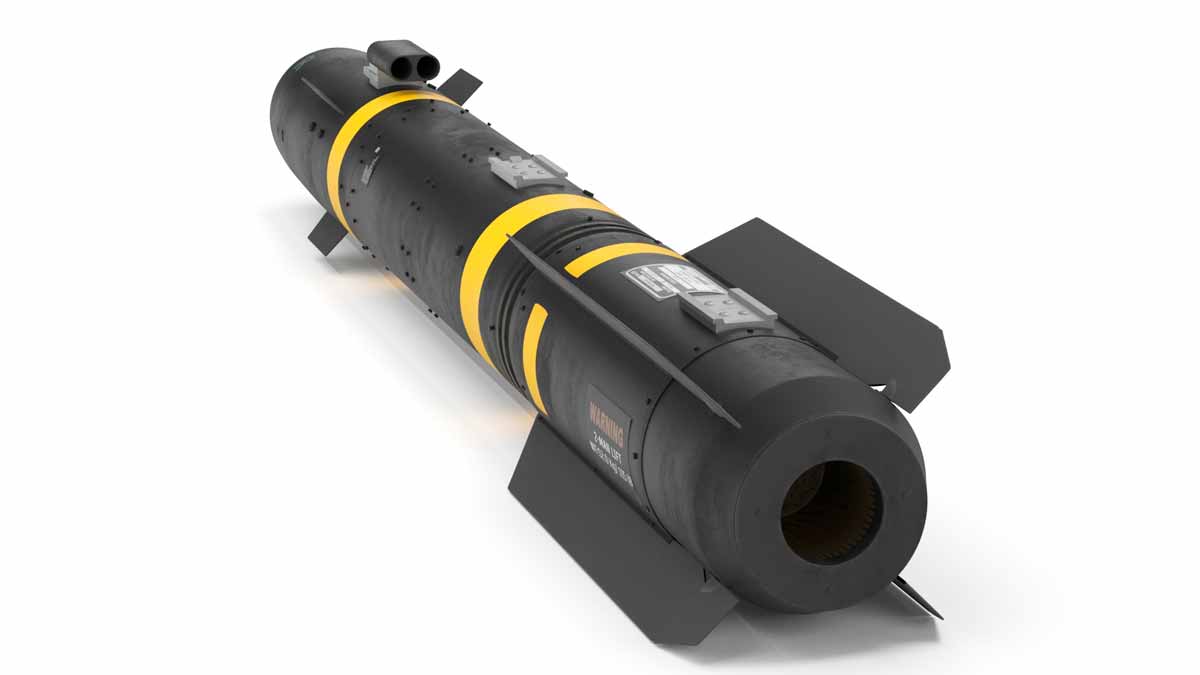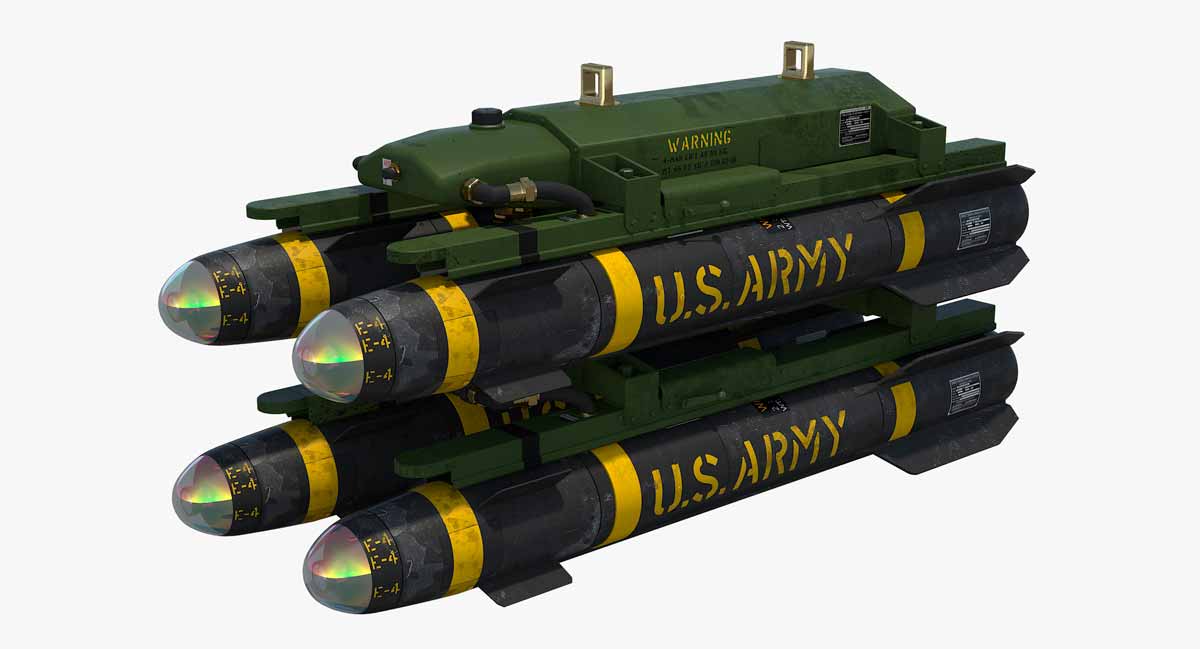 AGM-114 Hellfire. Photo: Reproduction turbosquid
AGM-114 Hellfire. Photo: Reproduction turbosquid
The AGM-114 Hellfire missiles are a series of air-to-ground missiles initially designed for anti-tank use, but have since evolved for use on multiple platforms and against various targets. Here are some key points about Hellfire missiles:
+ NASA Highlights Snapshot of Nebula Leftover from Supernova Explosion
Development and Manufacturing
Originally developed by Lockheed Martin for the United States Army, Hellfire missiles were introduced in the 1980s. They were designed to be launched from ground platforms, aircraft, and unmanned vehicles.

Launch Versatility
Although initially conceived to be fired from helicopters, such as the AH-64 Apache, Hellfire missiles can also be launched from land vehicles, ships, and unmanned aircraft (drones).
Variants
There are several variants of the Hellfire missile, adapted for different types of targets and missions. This includes versions with different warhead types and guidance systems, such as laser guidance and radar.
Capabilities
The Hellfire is known for its precision, capable of hitting small and moving targets with high accuracy. Its powerful warhead makes it effective against a variety of targets, including armored vehicles, fortified structures, and naval targets.
Combat Use
The Hellfire has been widely used in conflicts since the 1990s, including in the Gulf, Afghanistan, and Iraq wars. They have also been a key tool in anti-terrorism operations, used in precise attacks to eliminate high-value targets.
Modernization and Future Development
Continuous development aims to improve the accuracy, range, and capabilities of Hellfire missiles. This includes integration with more advanced aircraft systems and the incorporation of new technologies to address emerging threats.

Photos: Reproduction turbosquid

